In the winter of 2017, a young woman called Vida Movahed stood on top of a utility box on Revolution Street, a busy artery of central Tehran, and dangled her white headscarf on a stick. As an act of dissent, it was strikingly peaceful, giving the appearance of a white flag of surrender. Still, by not wearing her hijab, Movahed was challenging the system’s dress codes. She stayed there for an hour, until she was arrested for breaking the law. Imagery of her silent, brave act raced around Instagram. A month later, a graduate student named Narges Hosseini performed the same defiant act on the same street. Soon, more women launched similar protests, and their movement took the name of where it all began: #TheGirlsofRevolutionStreet.
When I lived in Tehran in my early 20s, writing a TIME column called “Lipstick Jihad,” we used to flout the rules by wearing brilliant colors and tighter and shorter overcoats, pushing against the gloomy black and navy of official dress codes, and bringing some individuality within the bounds of an attire that was meant to erase distinctiveness. It was a way of refusing to be a model Islamic citizen, of showing the state that its plan had failed, and that we rejected its conservative vision of women as dutiful wives and mothers. It was millennials who drove the Girls of Revolution Street demonstrations of the late 2010s, leaving flowers at spots that had been sites of protest and showing the next generation how powerfully civil disobedience could challenge inequality.
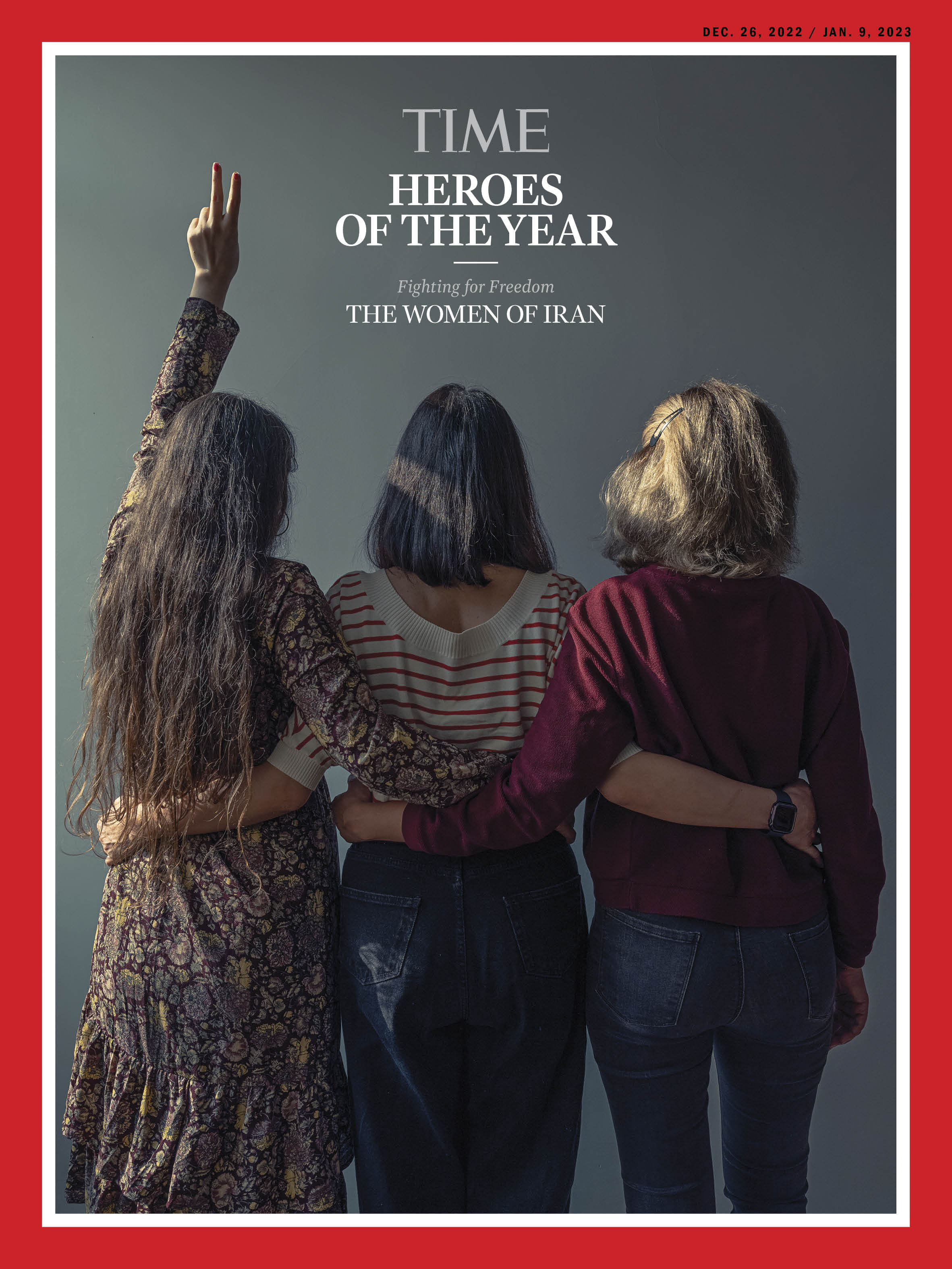
These younger women are now in the streets. The movement they’re leading is educated, liberal, secular, raised on higher expectations, and desperate for normality: college and foreign travel, decent jobs, rule of law, access to the Apple Store, a meaningful role in politics, the freedom to say and wear whatever. They are quite unlike those who came before them; sometimes they feel more like transnational Gen Z than Iranians: they are vegans, they de-Islamicize their names, they don’t want children. I’ve often wondered what has made them so rebellious, because their ferocious character was evident well before 22-year-old Mahsa (Jina) Amini, arrested at a metro station by the morality police who enforce the dress code, died after being held in their custody on Sept. 16, setting off the most sustained uprising in the 43-year history of the Islamic Republic. The average age of arrested protesters is notably low—Iranian officials estimate as young as 15. I can only conclude that when a generation’s aspirations for freedom appear tantalizingly within reach, the more humiliating the remaining restrictions seem, and the less daunting the final stretch of resistance feels.
Buy a print of TIME’s Heroes of the Year cover, featuring the Women of Iran
In the past two or three years, young women effectively already canceled the compulsory hijab. I was struck on a round of bureaucratic visits to government offices last summer by how casually and liberally young women dressed in even these traditionally austere official outposts. I felt ridiculous in a long black robe and a navy headscarf, as though I were a tourist who’d read all the wrong travel books. I was struck when a relative told me she’d received so many fines for driving without a headscarf that her driver’s license was about to be suspended. She was obliged to attend a mass lecture, the equivalent of moral traffic school, and after promising to abide by the rules, her fines were canceled.
The state has known for some time it’s on the back foot with dress codes, and is clearly spooked. Last winter, instead of the usual dreary billboards of a pious woman in black chador with some hectoring message about modesty, a panoramic image went up over Modarres expressway in Tehran of a woman in a minimalist, sport hijab sprinting up a mountain, with the words “you chart the path. #findyourself.”

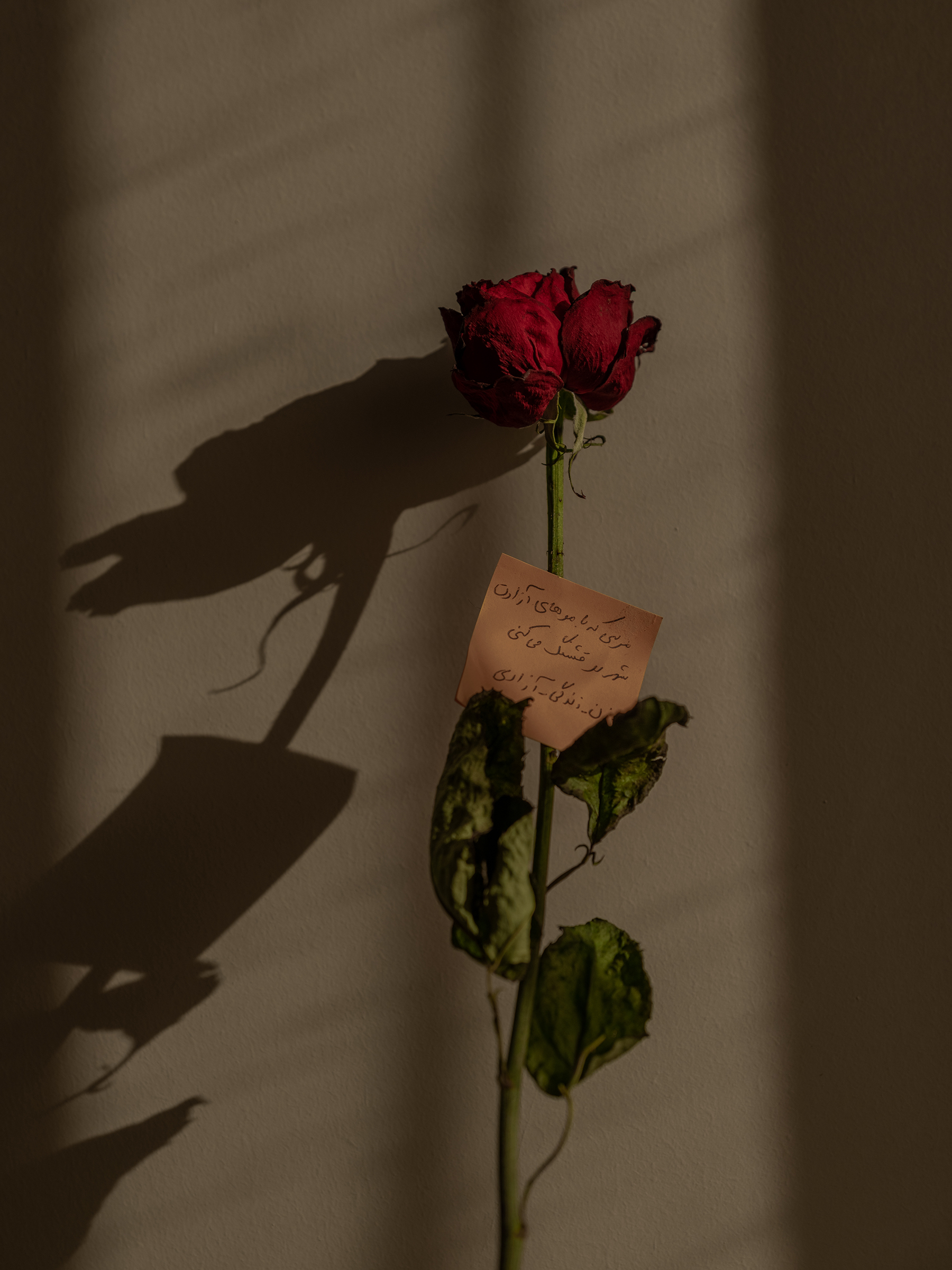
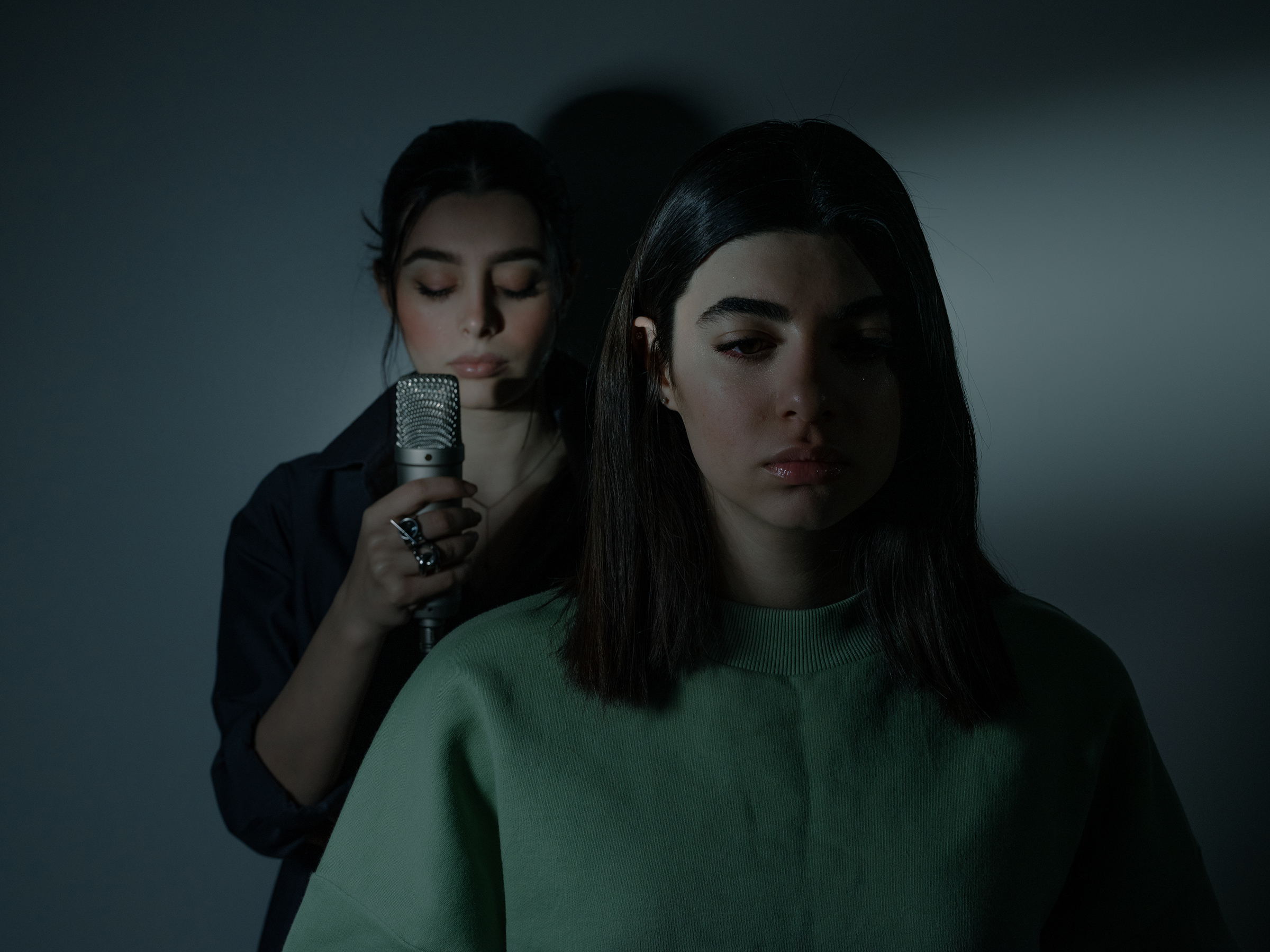
At this writing, an estimated 400 Iranian protesters have been killed by security forces, though some human-rights groups put the number higher, and judicial authorities are seeking harsh penalties for some of those detained. Despite measures to block the internet, reports continue to surface of deaths and abuse in custody. After nearly three months, protests on college campuses are not letting up, with students demanding the release of detained friends and defying gender-segregation rules in plazas and classes. At the World Cup, Iran’s team stood silently during the national anthem, signaling their solidarity with the protesters.
Confronting the compulsory hijab is such a deft way of rejecting the wholesale failures of Iran’s system that I often wonder why my generation didn’t take the same path. We were caught up in unwinnable battles over equal marriage and inheritance rights, and other forms of legal discrimination that required us to operate within formal political spaces, through formal processes. Those were arguably more important challenges, but the state had no intention of allowing such reforms, and over time, activists were so blocked that they gave up. The space simply didn’t exist. It didn’t exist for feminists, and soon it didn’t exist for the private sector petitioning for regulatory reform, for environmentalists, for labor activists. What’s happening in Iran may look familiar, but it’s different because, today, the aspirations of all of those who have sought change are on display, swirled into the chants of “woman, life, freedom,” a feminist revolt carrying a whole society’s varied grievances.
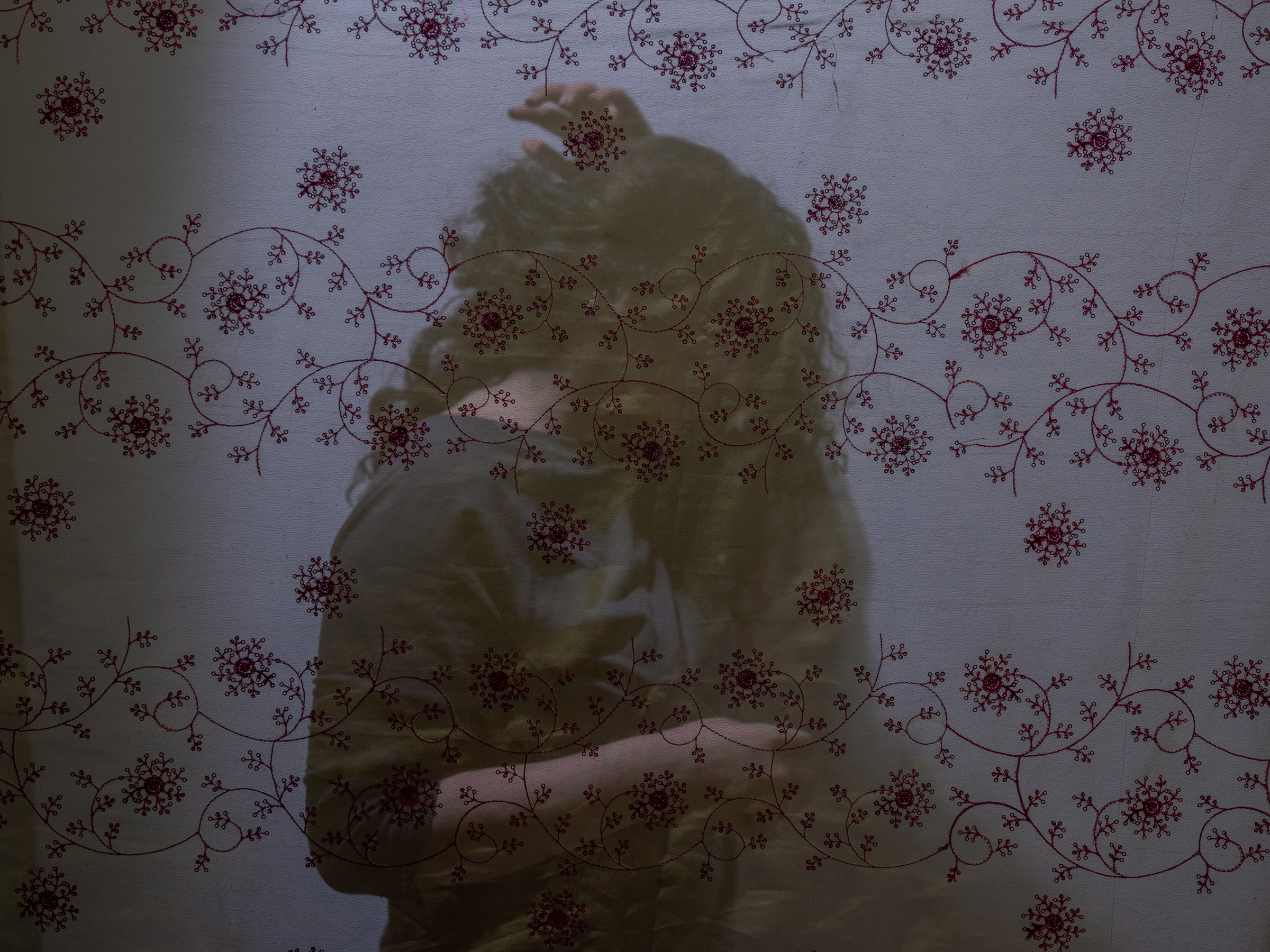
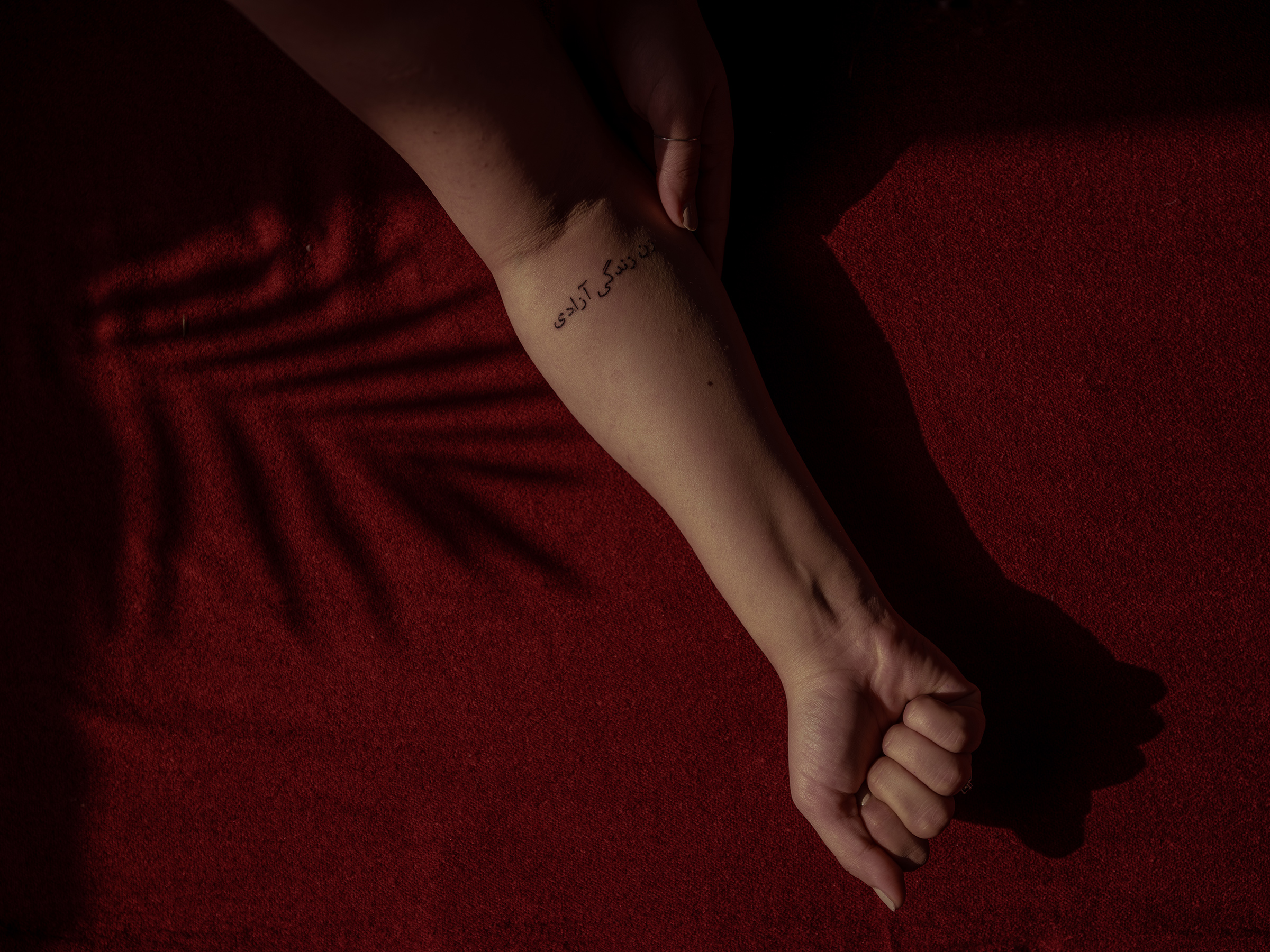

It’s telling that even schoolgirls have been swept up into these protests. A relative’s daughter told me that every day in her eighth-grade classroom someone scrawled a chant on the blackboard, and one girl even had the courage to ask what dictator meant. These words are not irrelevant to them. They’re all on Snapchat and can peer into the lives of their cousins around the world, acutely aware they’re the only ones who have to wear a school uniform that includes a hooded headscarf, as though they are Benedictine nuns.
The contrast between the lives they lead, especially online, and the inherited imagery and ideological messaging of the Islamic Republic couldn’t be more stark. The regime is devoted to martyrs. Solemn portraits of soldiers lost in the Iran-Iraq War still line freeways, though in recent years the system (as Iranians refer to their enveloping government) has recast its propaganda into content that tries to be competitive on Instagram. But these historical grudges and traumatic memories have no particular hold on Gen Z youth, who are preoccupied with their own struggles: years of crushing U.S. sanctions that have devastated Iran’s economy, and navigating life under a paralyzed, dogmatic system that prefers isolation to economic and social openness.
Among the many reasons the rebellion has gone on so long is the stuttering response of a government that recognizes the validity of the complaint. There are old revolutionary elites who have warned of a system that has utterly lost its way, can no longer afford to subsidize its traditional social base, has alienated everyone else, including the religious, and has subordinated the well-being of its citizens to the notion of security. An outside analyst might see a regime shaped by decades of international isolation. An Iranian analyst might see a narrow, brittle system desperate to cling to power at any cost. An Iranian teenage girl only sees herself as the unfortunate child of what is increasingly a pariah state, cut off from the world economically, socially, and culturally, and all for what? In whose name?

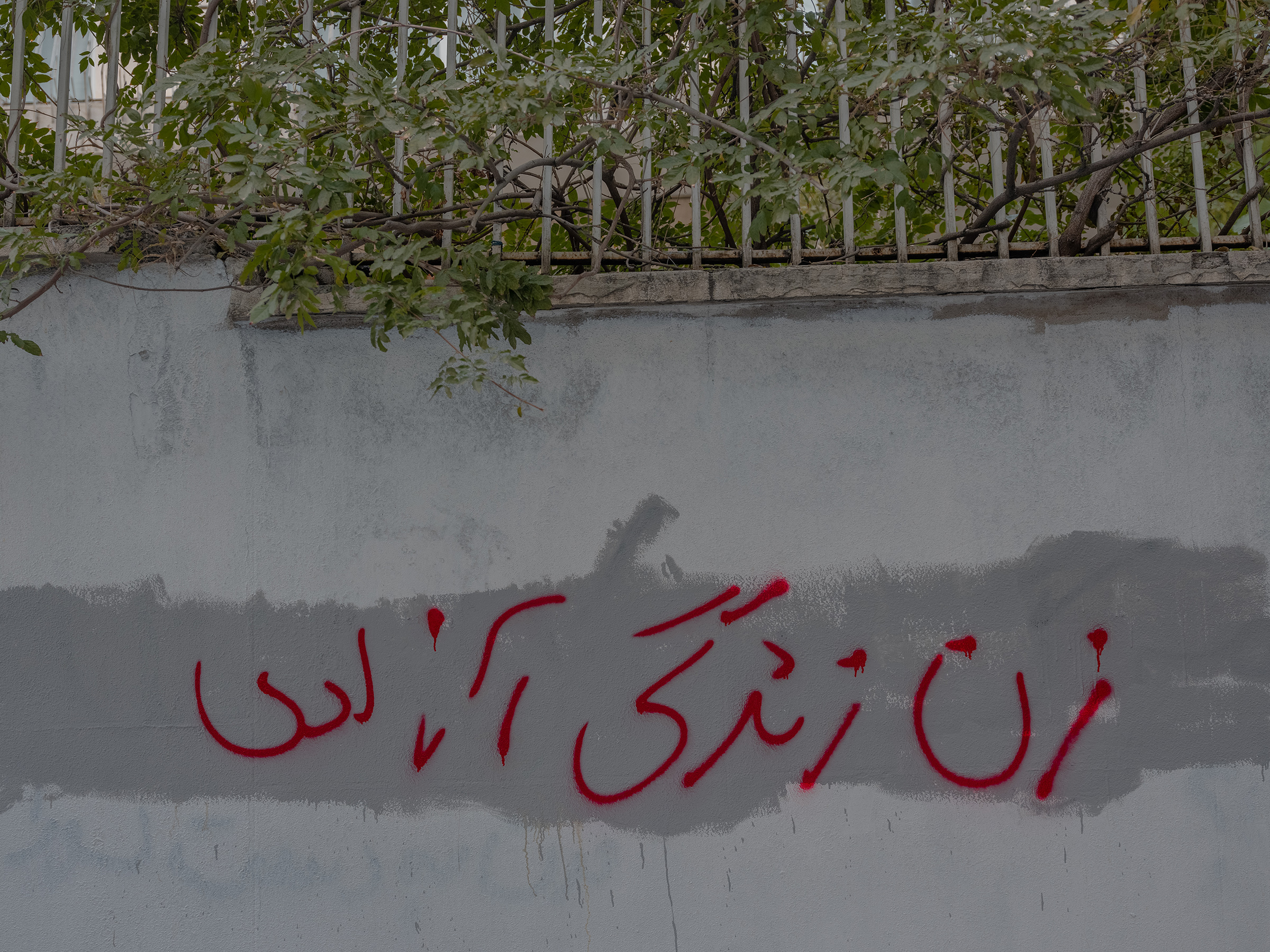

What are Iranians willing to suffer in order to see their demands for fundamental change realized? The question will be resolved by Iranians themselves, those inside the country who will live with the outcome of their actions. For now, the regional and wider reverberations of Iranian girls’ revolt could not be more seismic. In neighboring Iraq and Afghanistan, countries where violence against women is endemic, activists have held up posters of their Iranian sisters. Feminists across the globe, especially in Europe and Latin America, see the outcome in Iran as a bellwether for their own struggles. No one, not the officials in Iran nor governments around the world who’ve made hostility to women a brand of politics, saw the power of a girl standing on a utility box, demanding to be left alone.
Moaveni, a former TIME columnist, is the author of Guest House for Young Widows
* These women have asked TIME to use pseudonyms out of concern for their safety
Correction, Dec, 8: The original version of this story misstated Masoumeh’s age. She is 62, not 60.